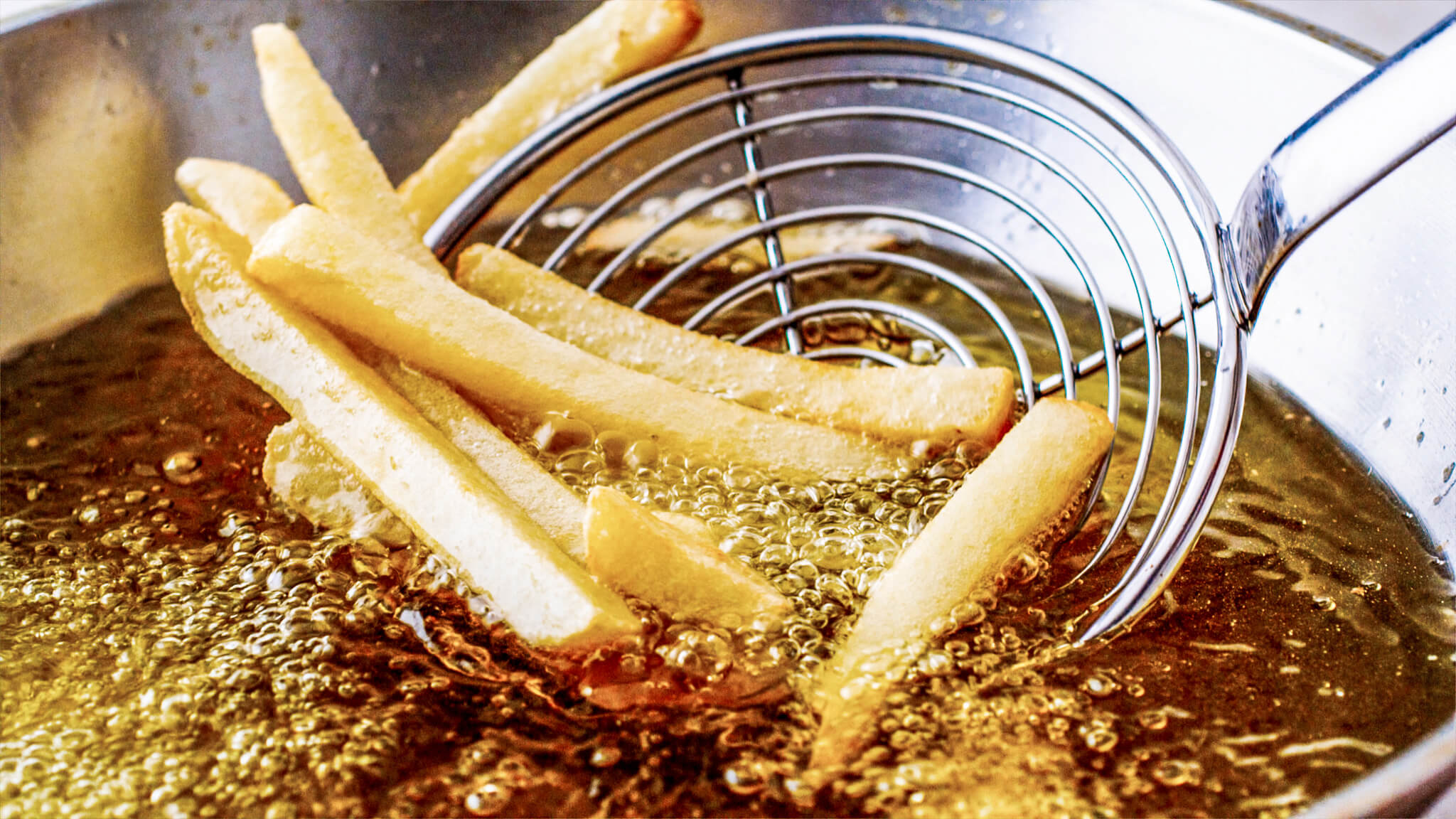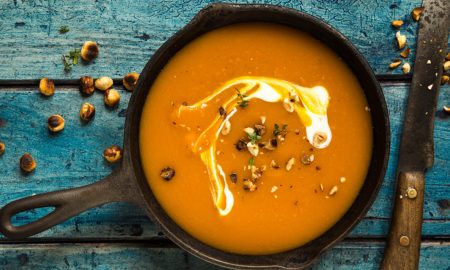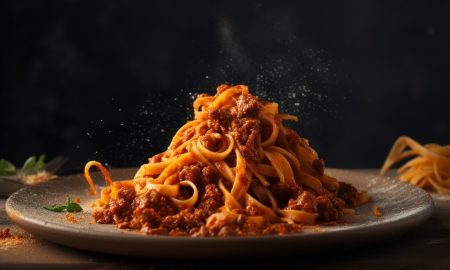The basis for crispiness
When raw fries are placed in oil (300 –350°F) at room temperature, the heat spreads in the fries. This does not happen too quickly, because the potato is a poor conductor of heat. When the temperature of the deep-fat fryer reaches around 136 °F, gelatinization begins and the potato softens. The core will not exceed this temperature and therefore stays a little soft. However, the surface reaches 212°F quickly. The water in the fries evaporates. A light, dry crust is formed with holes that allow water to pass through. This is the basis for crispiness.
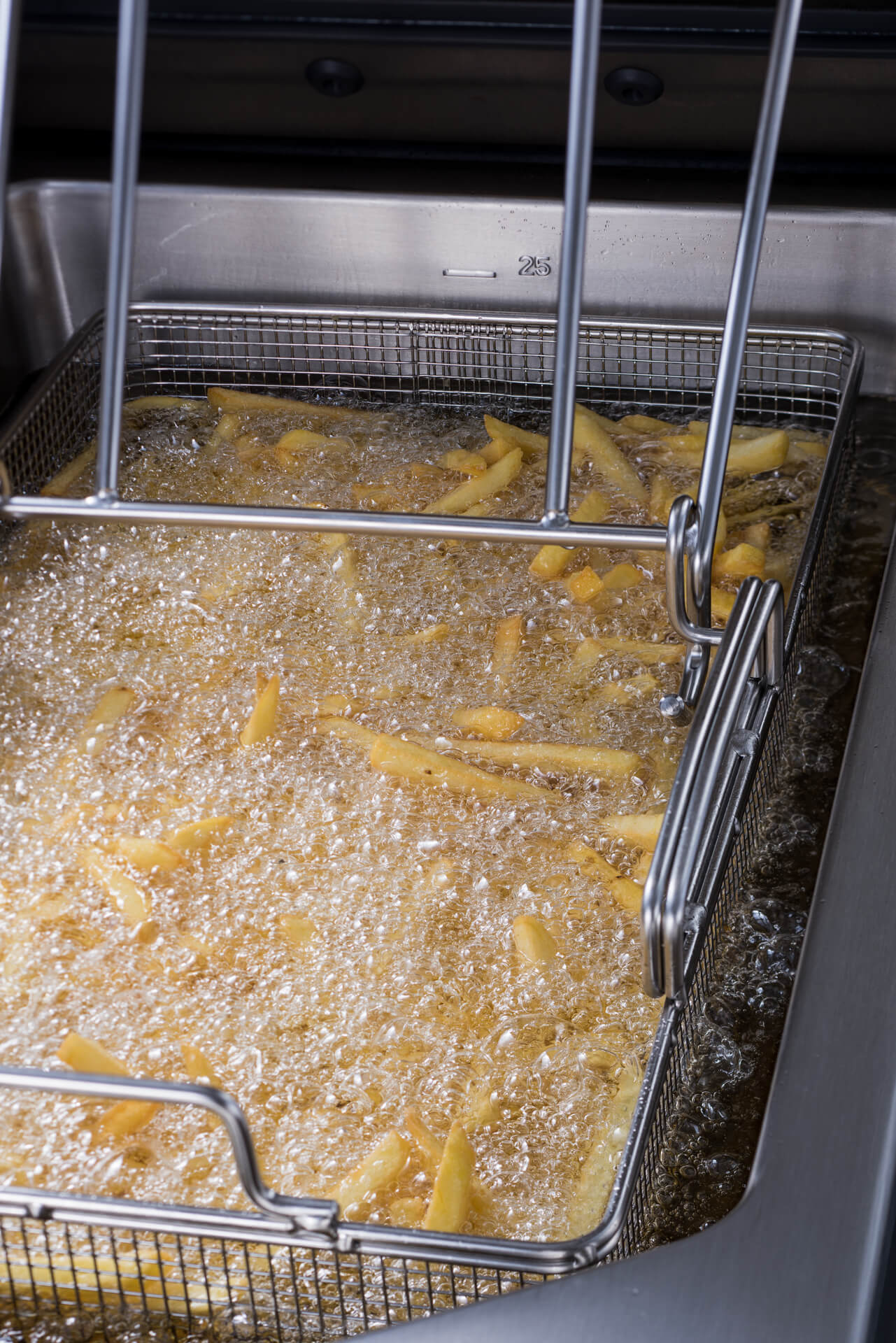
Image: Rational AG
Maillard reaction: Origin of taste
If the crust exceeds 212°F, it reaches the temperature at which the Maillard reaction begins. This creates the yellow-brown color. The oil now gets into action: it gradually oxidizes and produces molecules that mix with the Maillard reaction. This produces the deep-fried aromas that have enticed us into the kitchen.
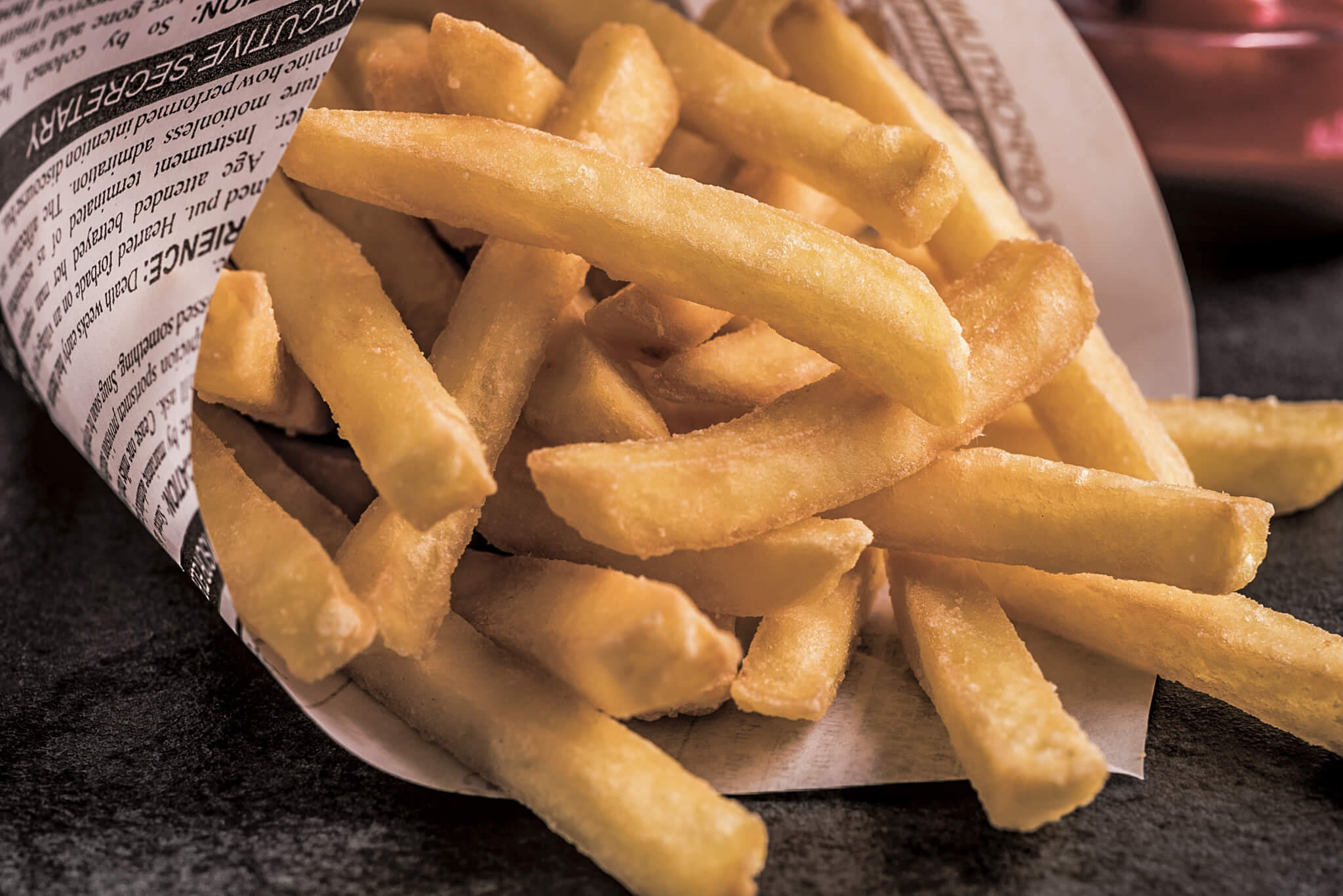
Image: Rational AG
Lose the oil, retain the flavor
During the frying process, oil can barely penetrate the potatoes due to the pressure of the evaporating water. But once the fries are out of the oil, that will happen. French physico-chemist Hervé This’s measurements showed that a quarter of the weight of French fries immediately after frying is oil, which is deposited on the surface. So if you want to save a few calories, it is worth removing the excess oil from the fries with absorbent paper towels. A good and healthy alternative to deep-frying is also making pre-fried fries in the combi-steamer with the Combi Fry.
The best fries
A Dutch research team took a closer look at classic preparation in a deep-fat fryer and used a texture analysis to measure the impact of pre-frying on the crispiness of French fries. The result: For the best, perfectly crispy fries, it is best to pre-fry for 60 seconds and then finish off by deep-frying for 5 minutes. An in-built raising and lowering mechanism (standard on the iVario Pro) can help tremendously to achieve outstanding results in record time and without any need for monitoring.
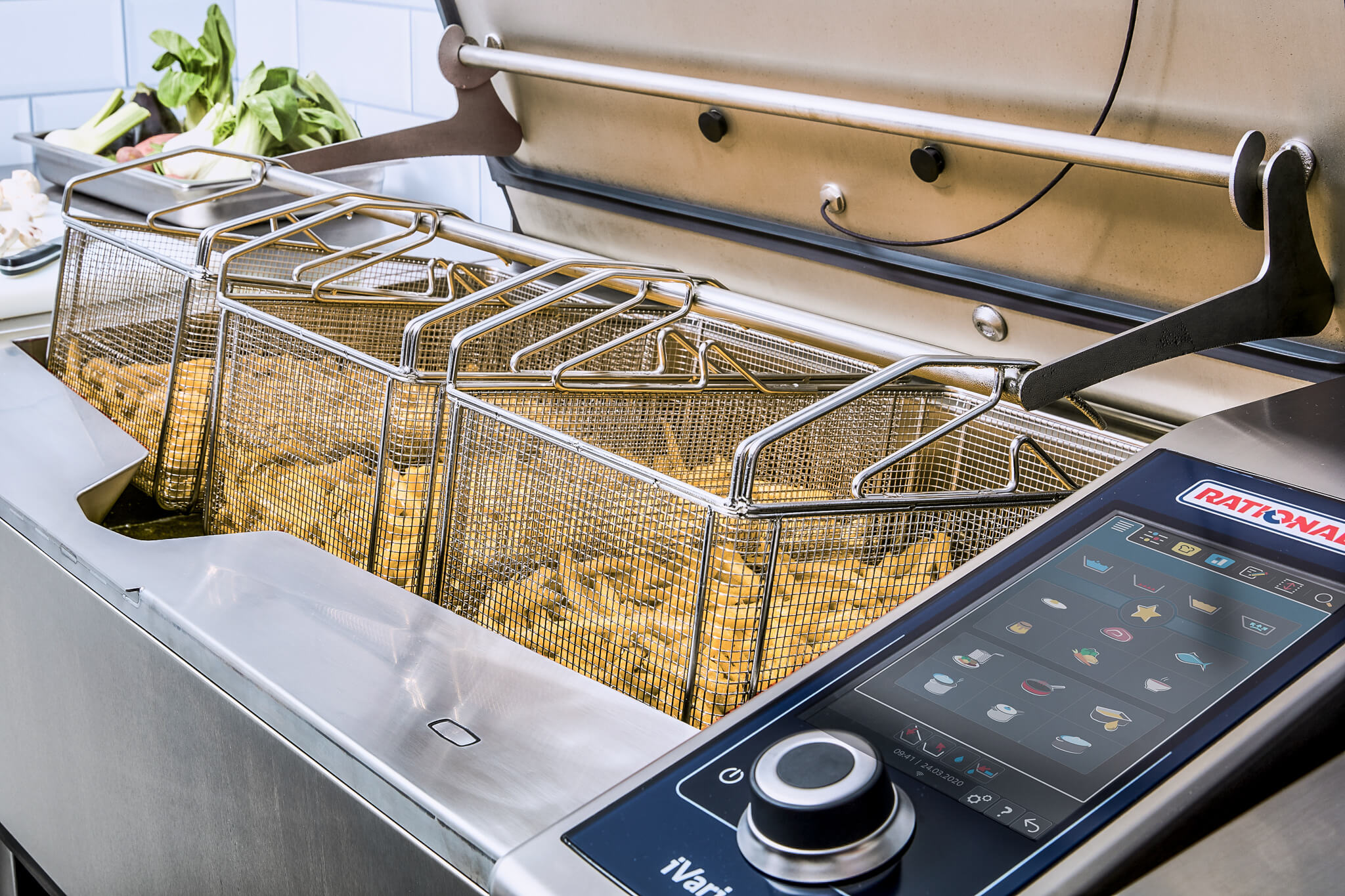
Image: Rational AG
PS: Have you ever noticed that once you’ve eaten the fries, that deep-fried smell is no longer appetizing? Not quite true. Those deep-fried smells are the only ones where our perception strangely varies depending on how hungry we are.
Thank you to Dr Grégory Schmauch and the RATIONAL Cooking Research team for giving us an exciting insight into this topic!


